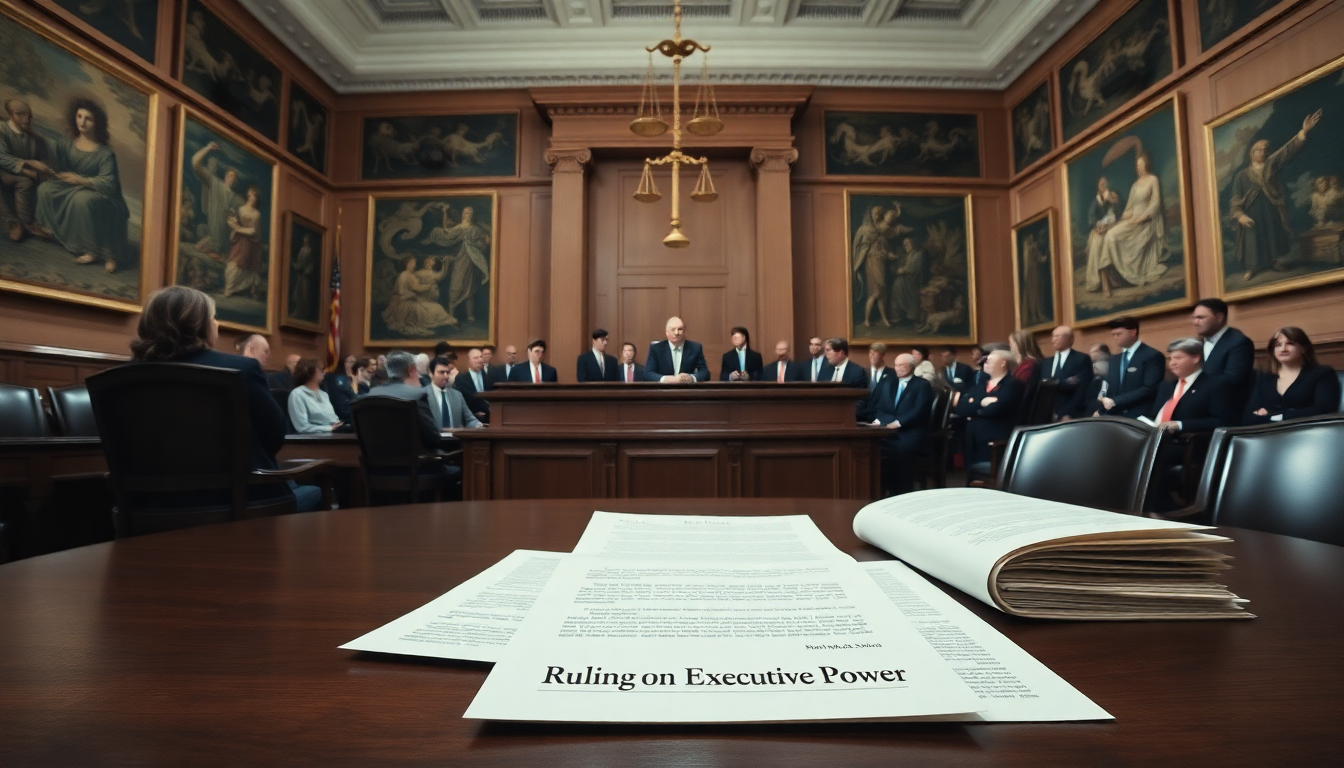Table of Contents
In a landmark ruling, the Supreme Court has tackled the tricky balance of power between the judicial and executive branches of government. This decision, which suggests that nationwide injunctions issued by lower court judges might overstep judicial authority, is a game changer in constitutional law. But what does this really mean for how executive actions are challenged in court, especially with the backdrop of contentious policies from the Trump administration?
Understanding the Supreme Court’s Ruling
Just recently, on a Friday that could have slipped by unnoticed, the Supreme Court clarified its position on the dynamics between federal courts and the executive branch. Justice Amy Coney Barrett, speaking for the majority, made it clear: federal courts can’t oversee the Executive Branch in a broad sense. Instead, their primary job is to handle specific cases and controversies as defined by Congress. This distinction is crucial because it implies that courts shouldn’t overreach when trying to limit executive actions that might be seen as unlawful.
The case in question revolved around the Trump administration’s fight against multiple nationwide injunctions stemming from a controversial order aimed at ending birthright citizenship. While the Supreme Court didn’t dive into the core issue of birthright citizenship itself, it did touch on how lower courts can issue injunctions that impact nationwide policies.
Justice Barrett’s opinion reinforced the idea that while courts can intervene in executive actions, they need to do so within their constitutional limits. The court allowed the government to pause certain preliminary injunctions, but only to the extent necessary to provide complete relief to the plaintiffs involved. This careful calibration of judicial power emphasizes the importance of checks and balances within the American legal system.
What This Means for Future Executive Orders
This ruling is likely to set a new standard for how future executive actions can be challenged in court. As we consider potential new executive orders on the horizon, the Supreme Court’s insights on judicial limits could make it tougher for lower courts to issue sweeping nationwide injunctions that can block executive actions before they’ve even had a chance to be fully put into action.
Moving forward, it’s essential for both the executive branch and the judiciary to tread carefully in this evolving landscape. The ruling serves as a reminder that while courts have a key role in upholding the law, they must also respect the boundaries of their own authority. This balance is vital for maintaining the integrity of both branches of government and ensuring that executive actions undergo appropriate legal scrutiny without exceeding constitutional limits.
Conclusion: Entering a New Era of Judicial Review
The Supreme Court’s ruling marks a pivotal moment in the relationship between the judiciary and the executive branch. By affirming the limits of judicial authority, the court has outlined a more defined scope of executive power, especially concerning legal challenges. As we look ahead, it will be crucial to see how this ruling influences upcoming executive orders and the judicial responses they generate. The ongoing conversation between these branches of government will undoubtedly shape the future of American governance in the years to come. So, how will this affect the policies that impact our lives? Only time will tell!


